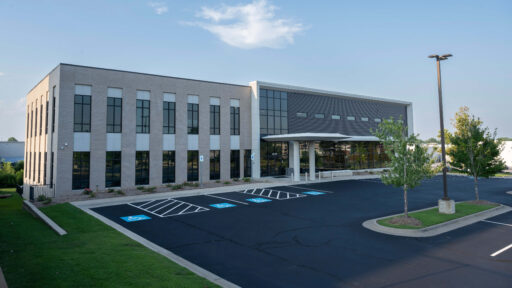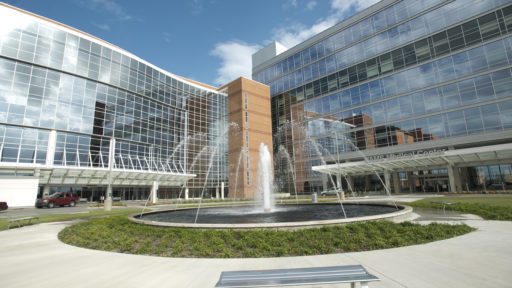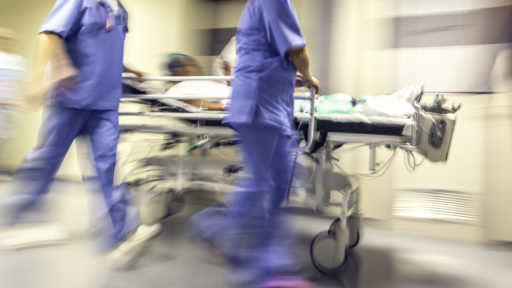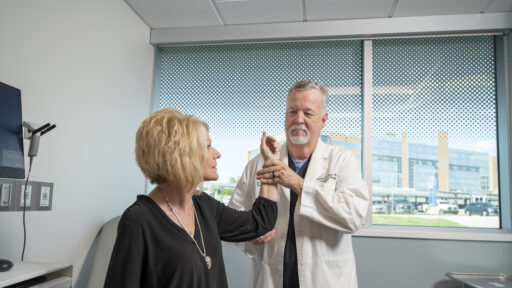Also called: Fractured Arm; Compound Arm Fracture
Of the 206 bones in your body, three of them are in your arm: the humerus, radius, and ulna. Your arms are also made up of muscles, joints, tendons, and other connective tissue. Injuries to any of these parts of the arm can occur during sports, a fall, or an accident.
Types of arm injuries include :
- Tendinitis and bursitis
- Sprains
- Dislocations
- Fractures (broken bones)
- Nerve problems
- Osteoarthritis
You may also have problems or injure specific parts of your arm, such as your hand, wrist, elbow, or shoulder.
Courtesy of MedlinePlus from the National Library of Medicine.
Syndicated Content Details:
Source URL: https://medlineplus.gov/arminjuriesanddisorders.html?utm_source=mplusconnect&utm_medium=service
Source Agency: National Library of Medicine
Fractures
What is a fracture?
A fracture is a break in a bone. Fractures are usually caused by injuries. Since they can sometimes be serious, it's important to get medical care right away if you think you have a fracture.
What are the different types of fractures?
There are different ways to describe fractures. For example, there are different types of fractures based on:
- Whether the bone is partially or completely broken.
- Whether the bone breaks through the skin; if it does, it's called an open (or compound) fracture. If not, it's a closed fracture.
- The direction or shape of the break, for example if it's in a line across the bone or if it has some kind of pattern.
- The cause of the break. For example, a stress fracture is a small break in a bone that is often caused by overuse.
- Which bone is broken, for example facial fractures include nose and jaw fractures.
What causes fractures?
Fractures commonly happen because of car accidents, falls, or sports injuries. Overuse and repetitive motions can also cause fractures.
Low bone density and osteoporosis are conditions which cause weakening of your bones. Having one of these conditions makes you much more likely to break a bone.
What are the symptoms of a fracture?
The symptoms of a fracture can vary, depending on which bone you broke. But they may include:
- Intense pain
- Deformity, for example a limb that looks out of place
- Swelling, bruising, or tenderness around the injury
- Trouble moving the injured part
If you think that you may have broken a bone, get medical care right away.
How are fractures diagnosed?
To find out if you have a fracture, your health provider will do a physical exam and ask about your injury. They will also likely order an x-ray or other imaging test to see if your bone is broken.
What are the treatments for fractures?
The most common treatment for a fracture is for you to wear a cast or a splint. This will keep your bone from moving while it heals. How long you need to wear it will depend on the type of fracture and which bone is affected. But it's often for several weeks. Your provider will let you when you can get it off.
In some cases, you may need surgery to put in plates, pins, or screws to keep the bone in place.
Can fractures be prevented?
There are steps you can take to lower your risk of fractures:
- Keeping your bones strong by:
- Getting enough calcium and vitamin D in your diet
- Getting regular physical activity, including weight bearing exercises such as walking, tennis, and dancing
- Getting treatment for low bone density or osteoporosis (if needed)
- Wearing protective equipment when you do sports
- Preventing falls by:
- Getting rid of any tripping hazards in your home
- Being careful when walking on wet or icy surfaces
- Choosing the right footwear
Courtesy of MedlinePlus from the National Library of Medicine.
Syndicated Content Details:
Source URL: https://medlineplus.gov/fractures.html?utm_source=mplusconnect&utm_medium=service
Source Agency: National Library of Medicine





